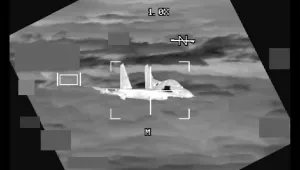International Security is America's leading peer-reviewed journal of security affairs.
Summary
The Pakistan-Afghanistan border area has become the most dangerous frontier on earth, and the most challenging for the United States’ national security interests. Critically, the portion of the border region that is home to extremist groups such the Taliban and al-Qaida coincides almost exactly with the area overwhelmingly dominated by the Pashtun tribes. The implications of this salient fact—that most of Pakistan’s and Afghanistan’s violent religious extremism, and with it much of the United States’ counterterrorism challenge, are contained within a single ethnolinguistic group—have unfortunately not been fully grasped by a governmental policy community that has long downplayed cultural dynamics. The threat to long-term U.S. security interests in this area is neither an economic problem, nor a religious problem, nor a generic “tribal” problem. It is a unique cultural problem. In both southern Afghanistan and the tribal areas of Pakistan, rather than seeking to “extend the reach of the central government,” which simply foments insurgency among a proto-insurgent people, the United States and the international community should be doing everything in their means to empower the tribal elders and restore balance to a tribal/cultural system that has been disintegrating since the Soviet Union invaded Afghanistan in 1979.
Johnson, Thomas and M. Chris Mason. “No Sign until the Burst of Fire: Understanding the Pakistan-Afghanistan Frontier.” Spring 2008



